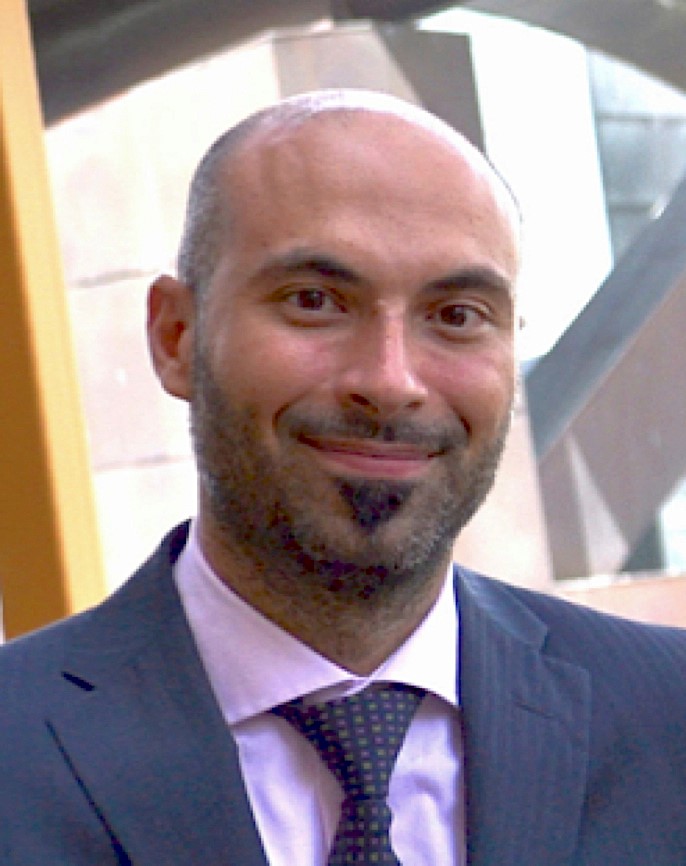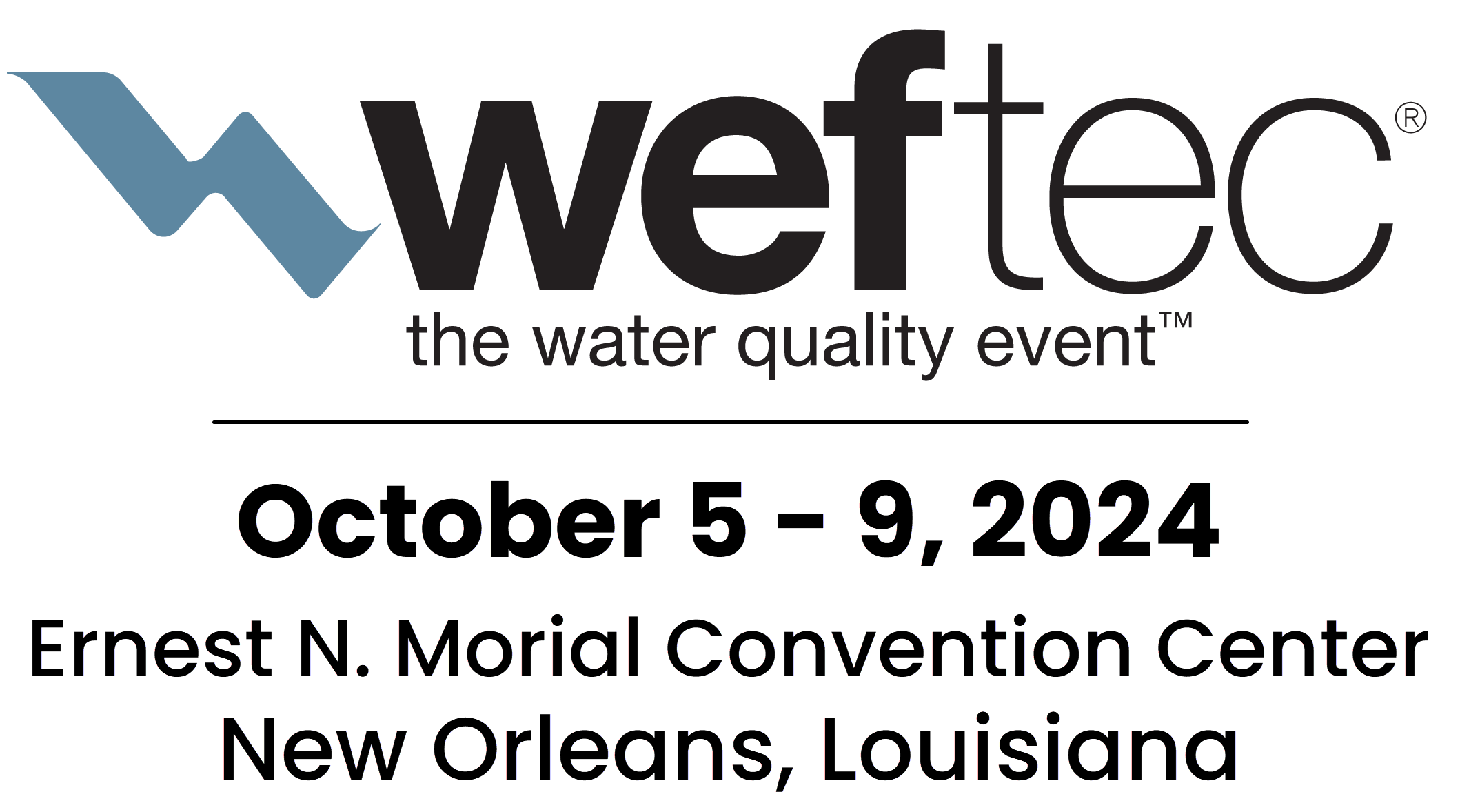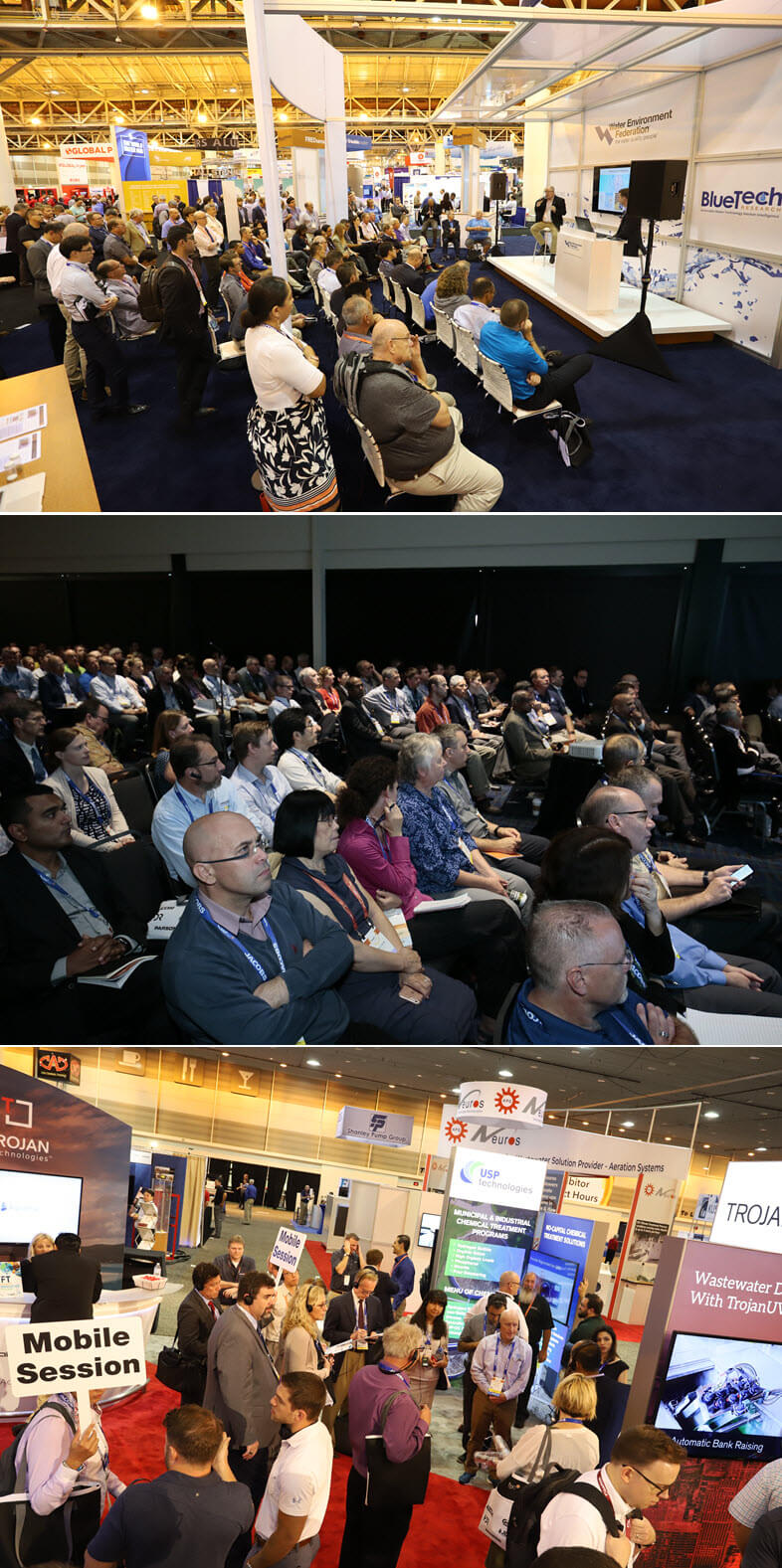Each year the WEFTEC Program Committee takes on the huge task of creating the WEFTEC technical program. This group of more than 200 water sector experts volunteers their time and knowledge to solicit, review, and choose the papers and presentations that you will see in Chicago in September. With an acceptance rate of only about 40%, this group takes great care to choose only the best proposals.
The chair and vice chair of the Program Committee are the WEF members who lead this massive project. Diego Rosso, Ph.D., professor and director of the Civil & Environmental Engineering Department at the University of California, Irvine serves as the chair. Tom Sandy, vice president and associate director industrial water at Brown and Caldwell serves as vice chair.
They shared their thoughts on what makes WEFTEC and the technical program so special.
You two lead the charge to choose the technical presentations. How much time do you and the committee spend? What’s the benefit for you to put in all this work?
Rosso: The time to compile the WEFTEC program is spread over several months. Workshop proposals are submitted in the summer and abstracts for technical sessions are submitted by early December. Then, the Program Committee spends several weekends over winter reviewing abstracts.
Next, we all get together for the WEFTEC Midyear meeting, which is a multi-day event in January where the structure of the program is finalized. In the spring, several conference calls are needed to give the final touches to the program to ensure that we have minimized overlap for the audience and given adequate coverage to emerging topics.
Sandy: We invest well over 15,000 hours for the 5 days of technical programming. We do this because we care about water and truly think it is worth it.
The benefit is knowledge exchange that can spur innovation to find better technical solutions showcased with equipment that demonstrate the results. This ultimately targets and attracts the world’s best and brightest professionals in the water sector.
The Program Committee rigorously reviews all submissions. Tell us a little about how that works. What’s the rejection/acceptance rate?
Sandy: We typically can have between 1,000 and 1,800 abstracts submitted. We start our selection of abstracts by screening the content to ensure alignment with both the subject matter areas and key topics or interest areas in the water market.
Rosso: The Program Committee is subdivided into 12 topic-related symposia, or subcommittees, each of about 15 people. Each symposium administers abstract reviews independently. Multiple reviewers thoroughly vet each abstract. At a minimum, six independent reviewers are assigned to each abstract.
All committee members also adhere to our pledge of confidentiality, because, at times, we have to reject the abstract of our own friends — the quality of the WEFTEC program always comes first.
This year we had an unprecedented number of good abstracts. As a result, only about 4 in 10 abstracts were accepted. The criteria for acceptance are transparent and examples of successful abstracts are available on the website.

Diego Rosso, Ph.D.,Program Committee Chair
Professor and director of the Civil & Environmental Engineering Department at the University of California, Irvine
•••
 Tom Sandy, vice chair
Tom Sandy, vice chair
Vice president and associate director industrial water at Brown and Caldwell




